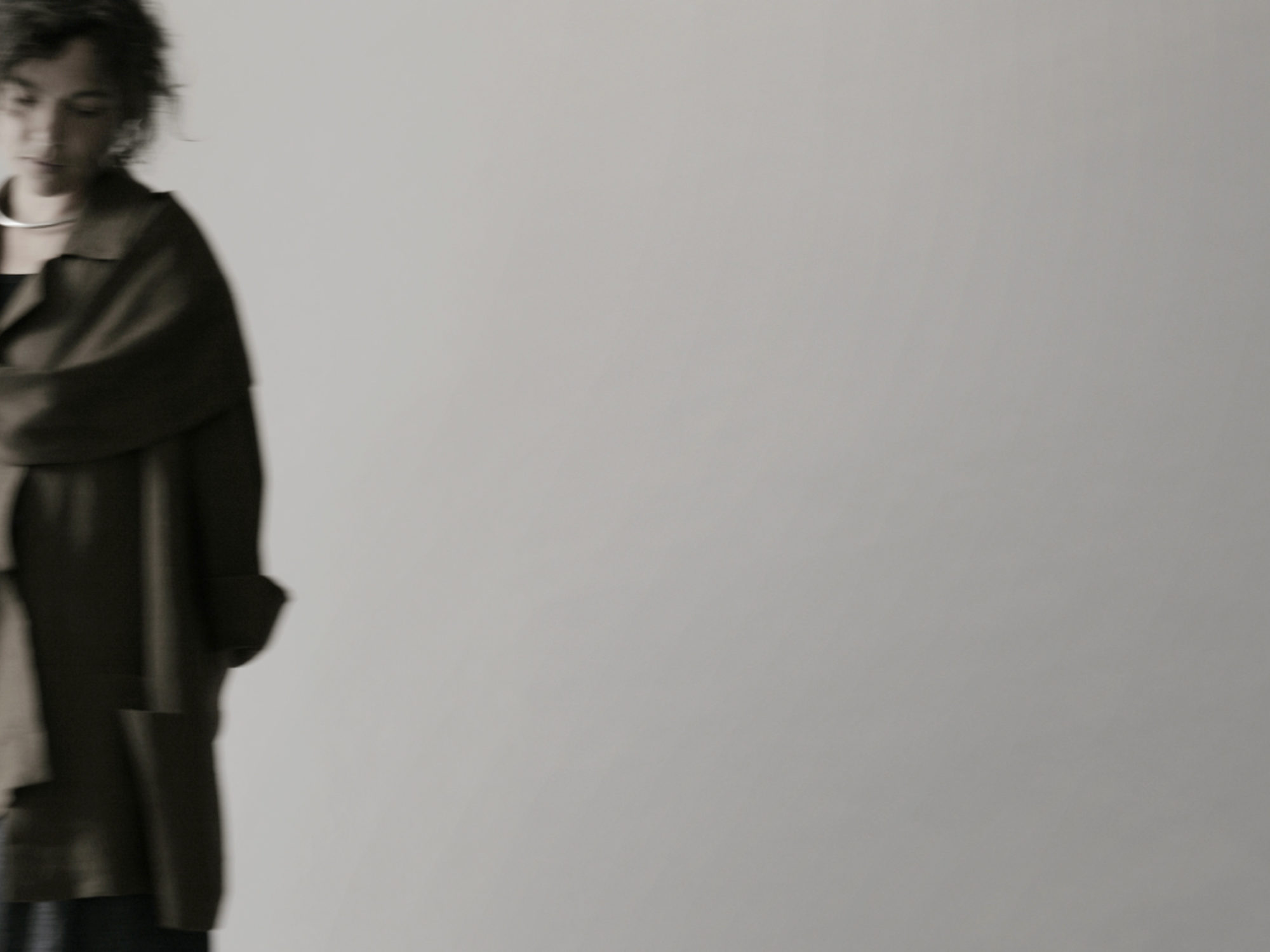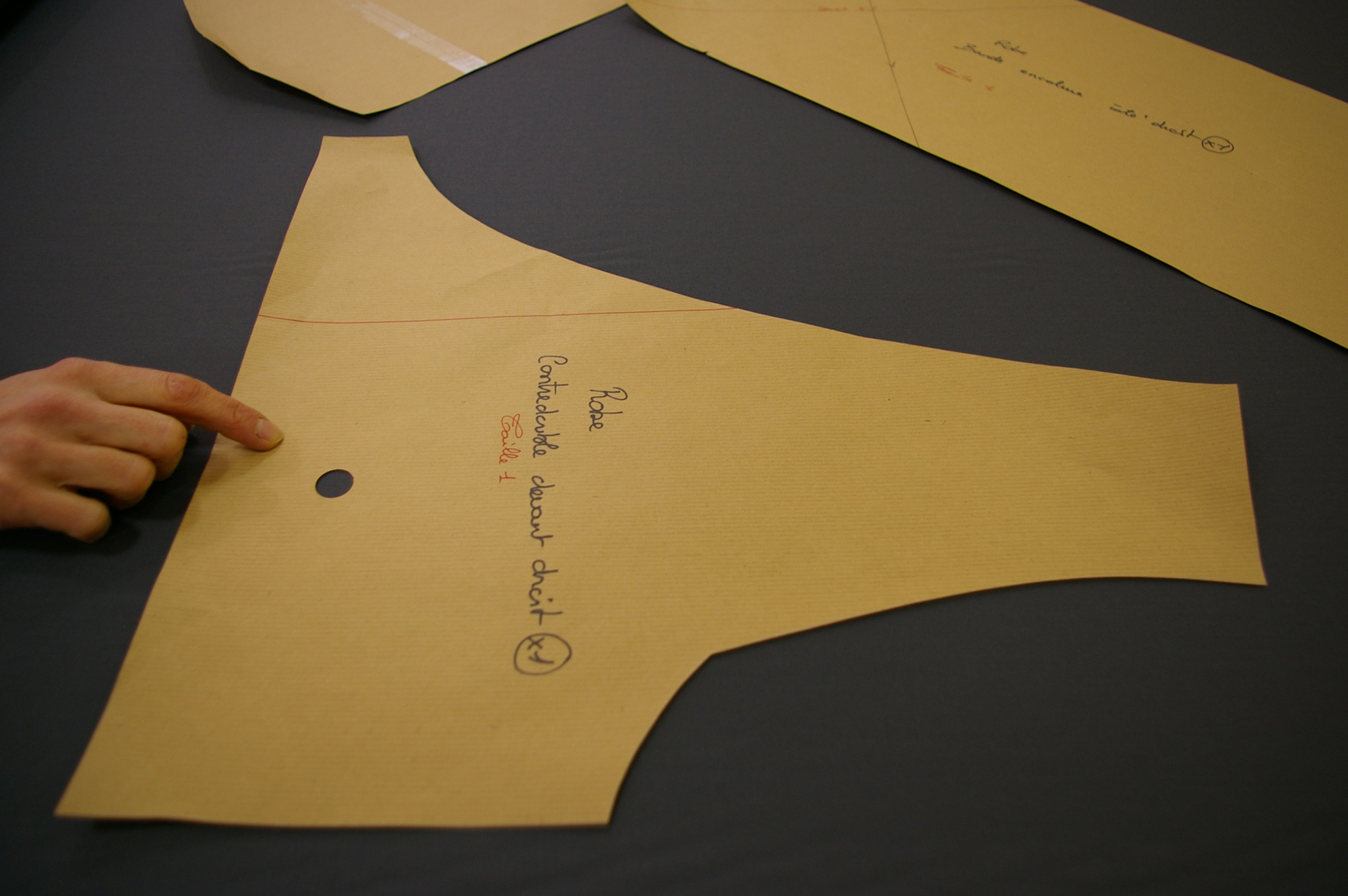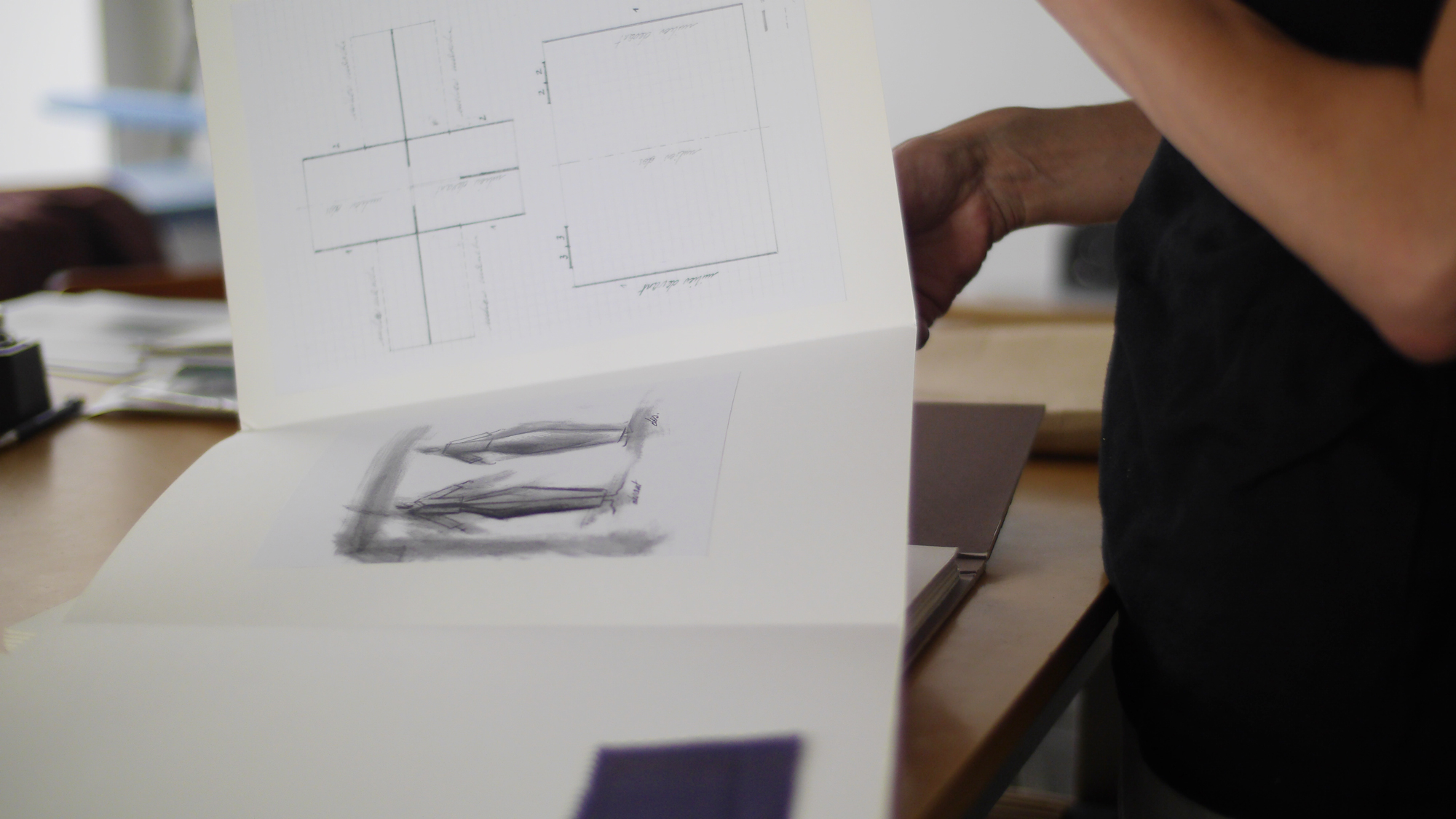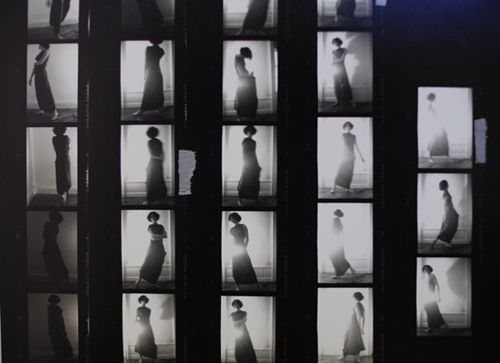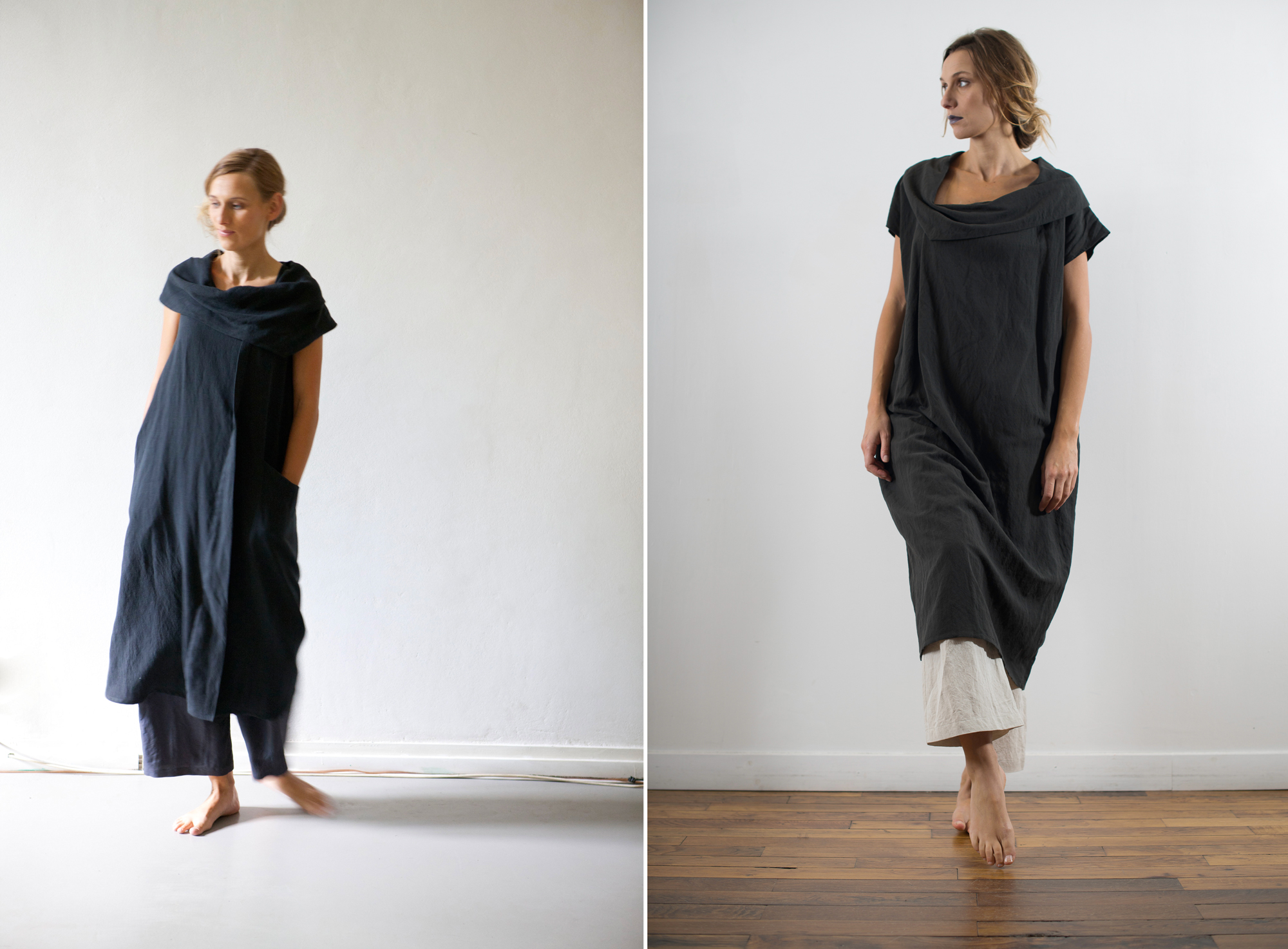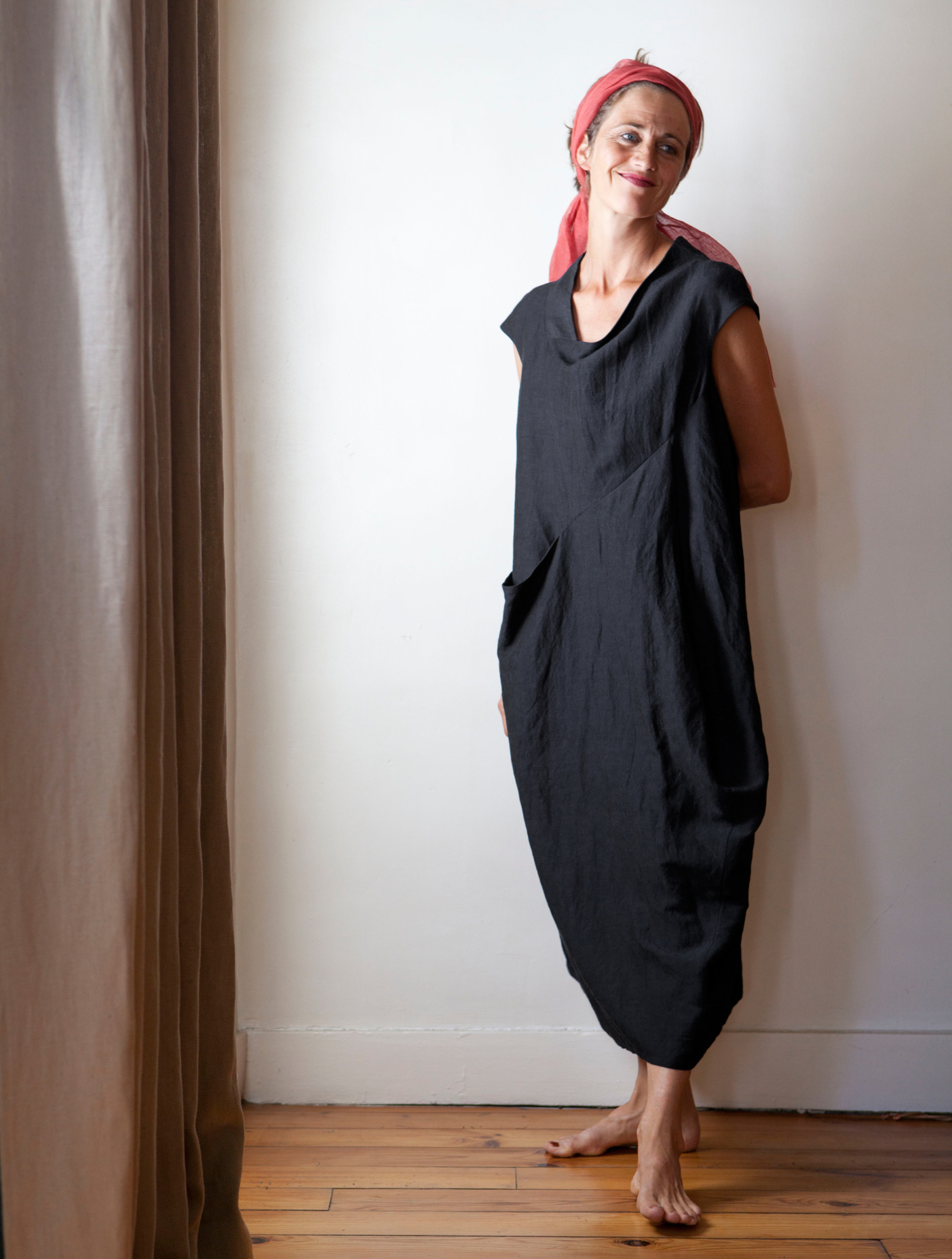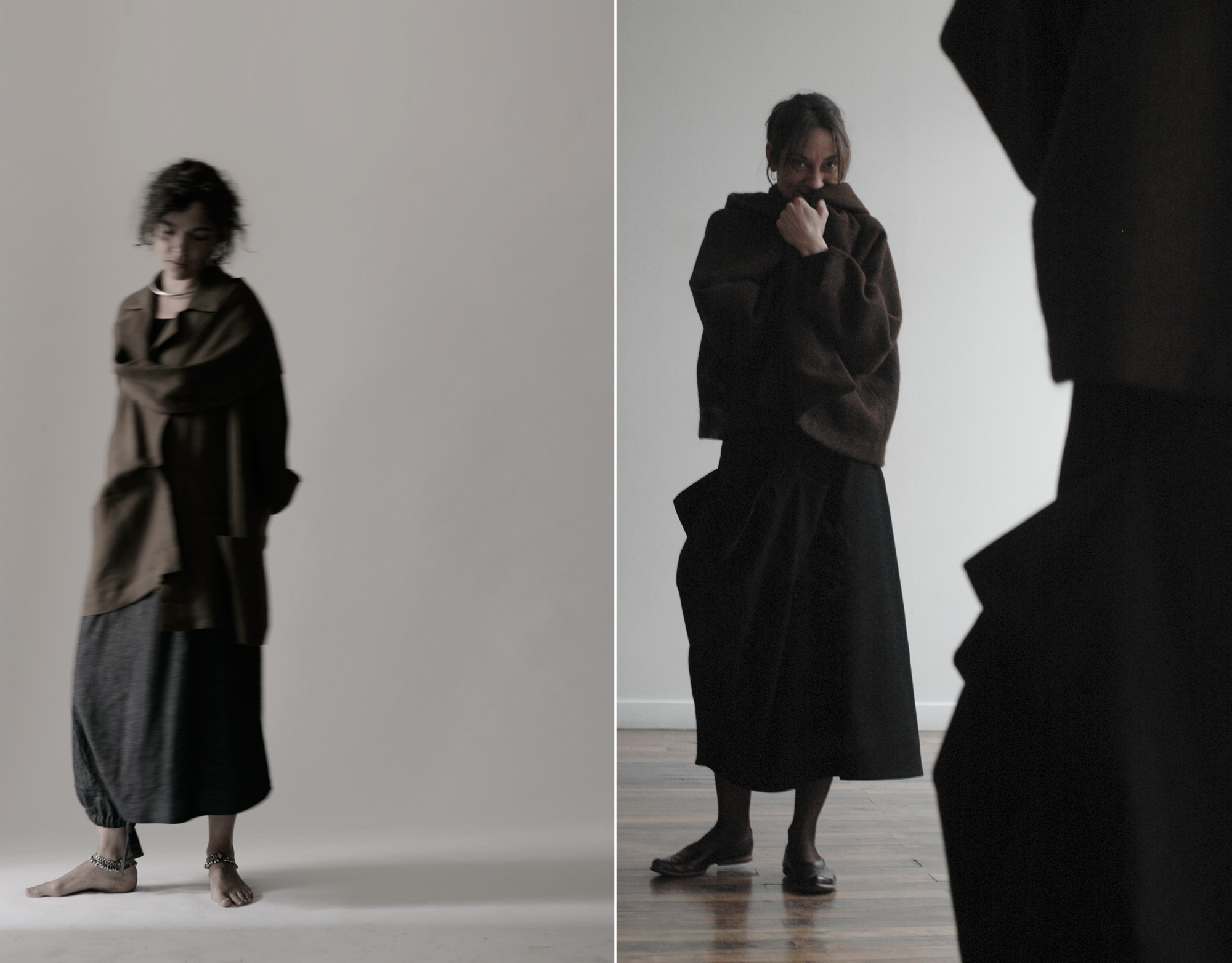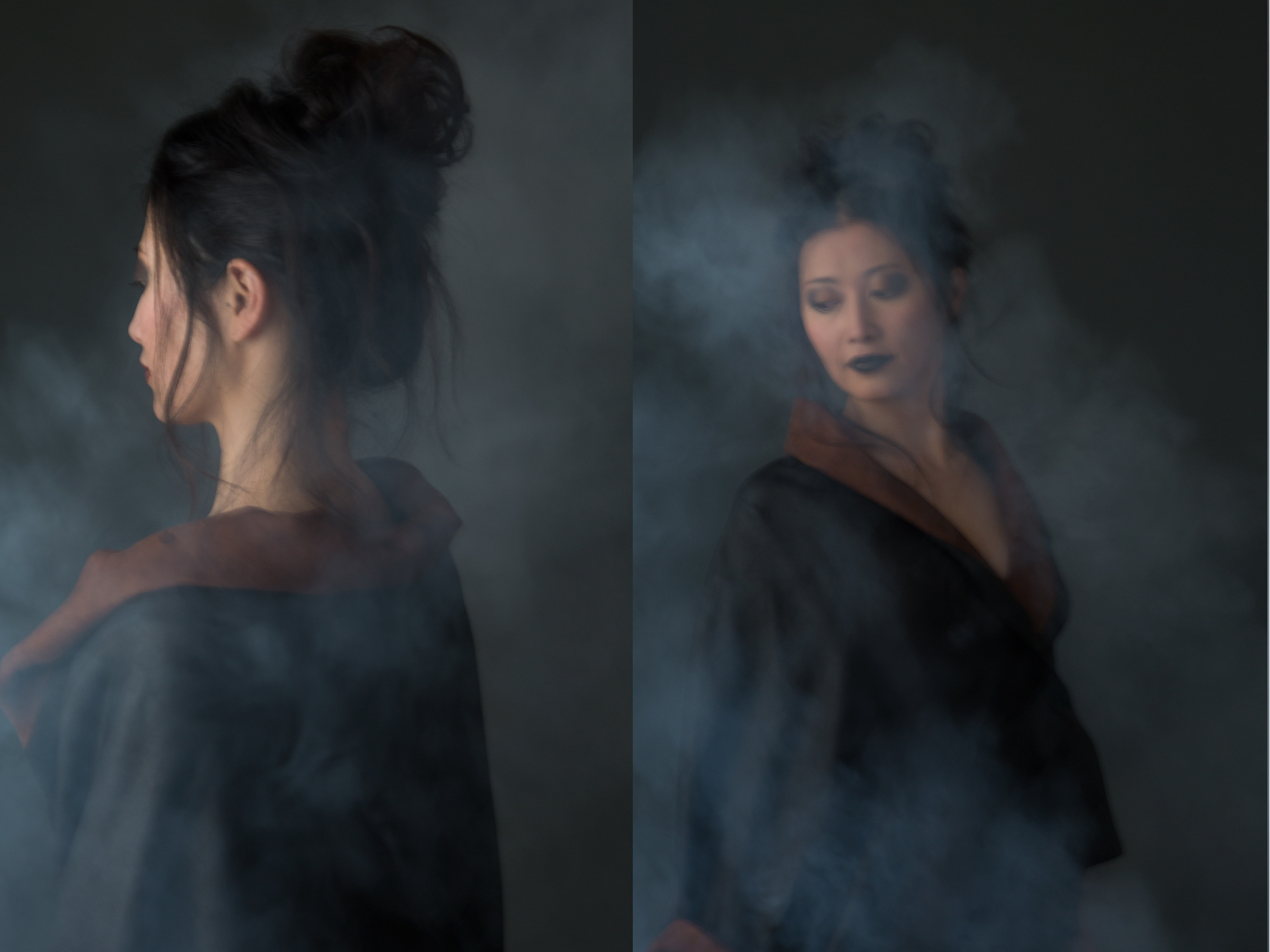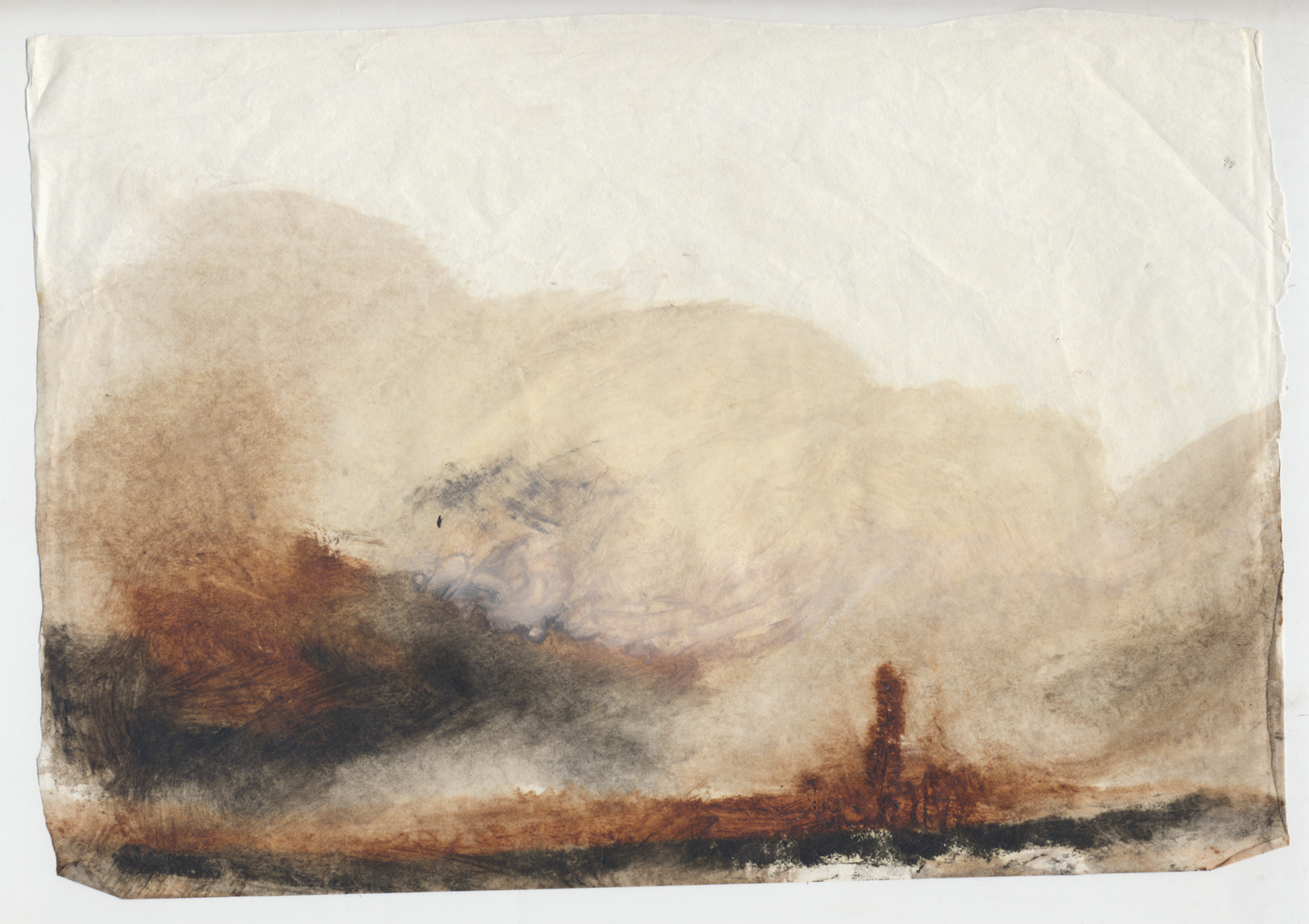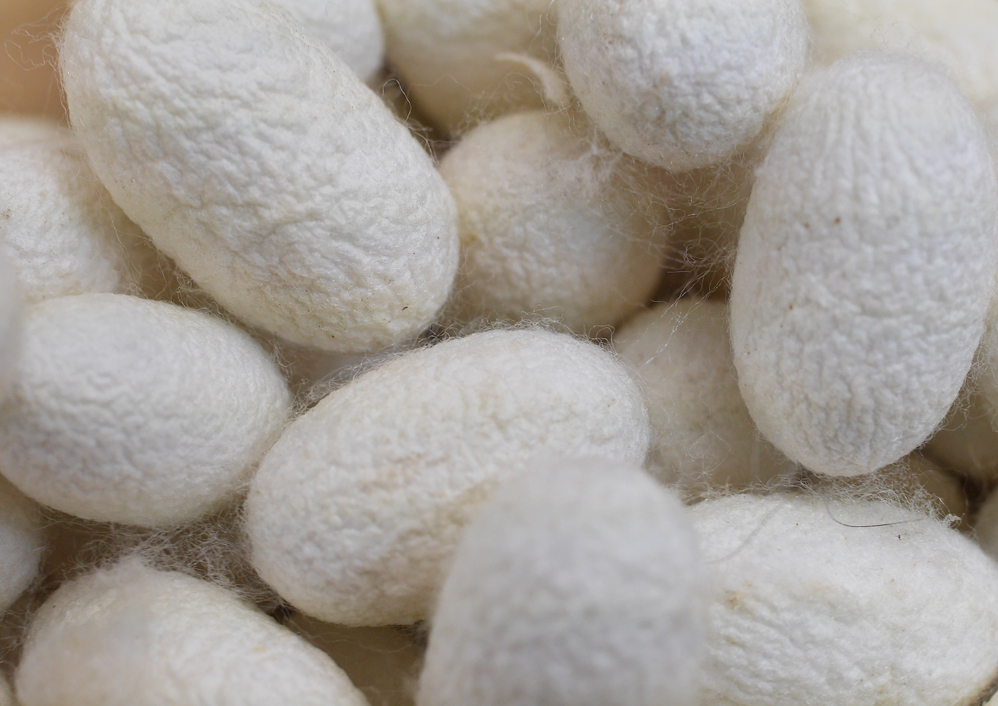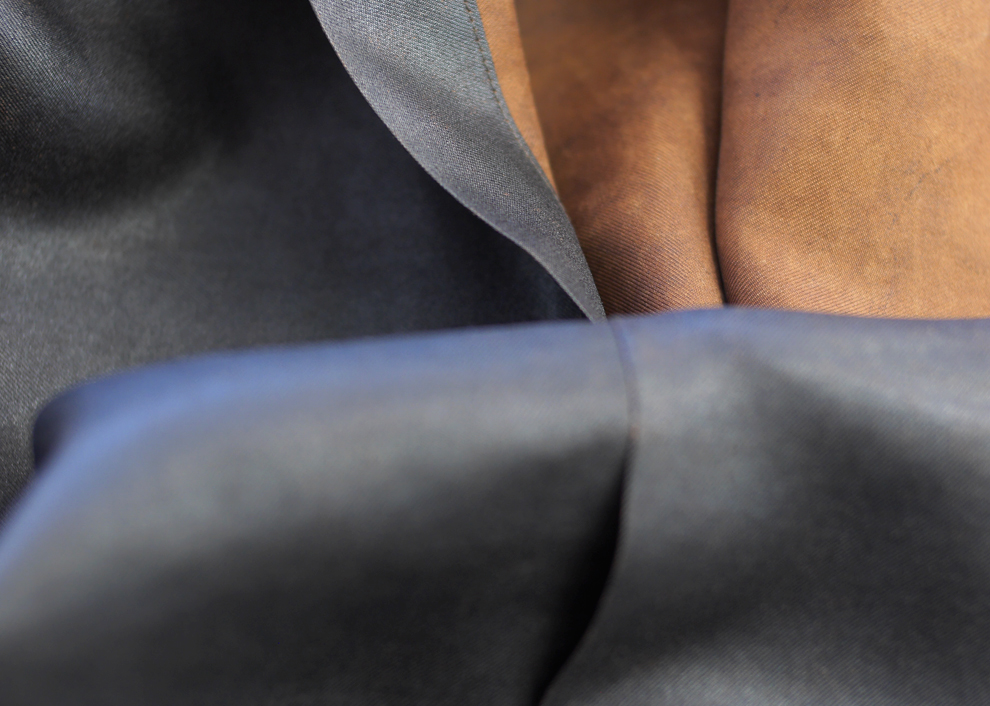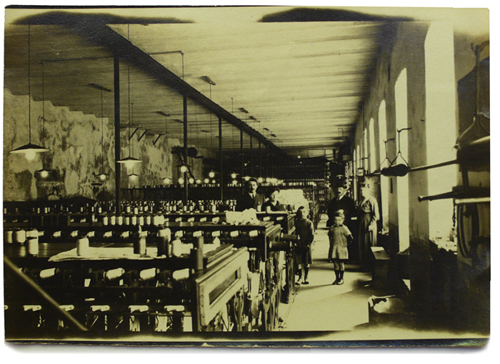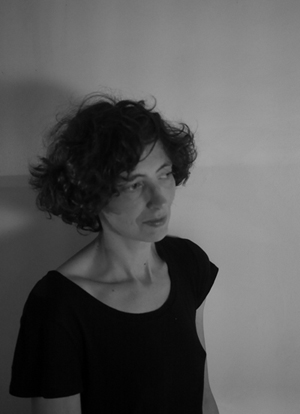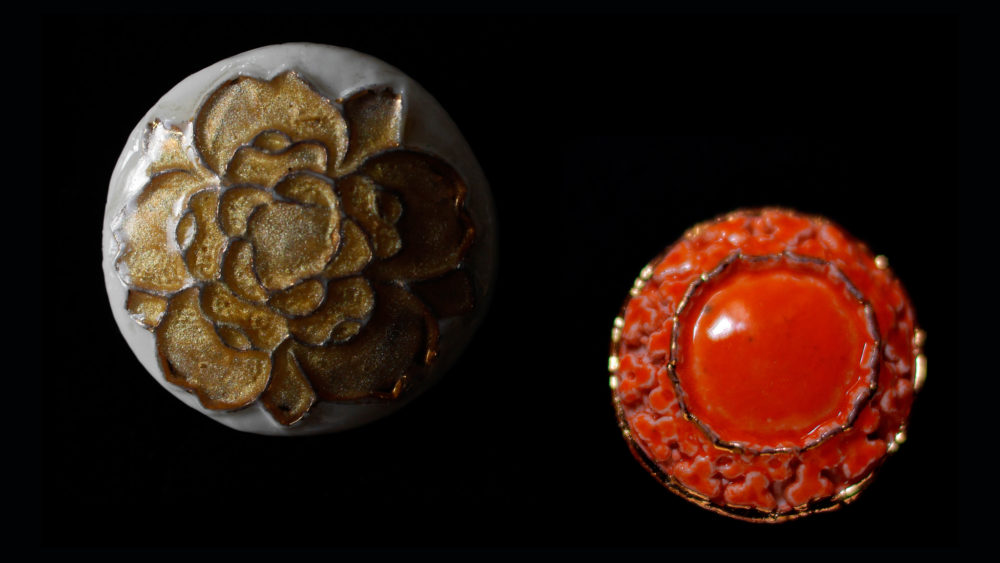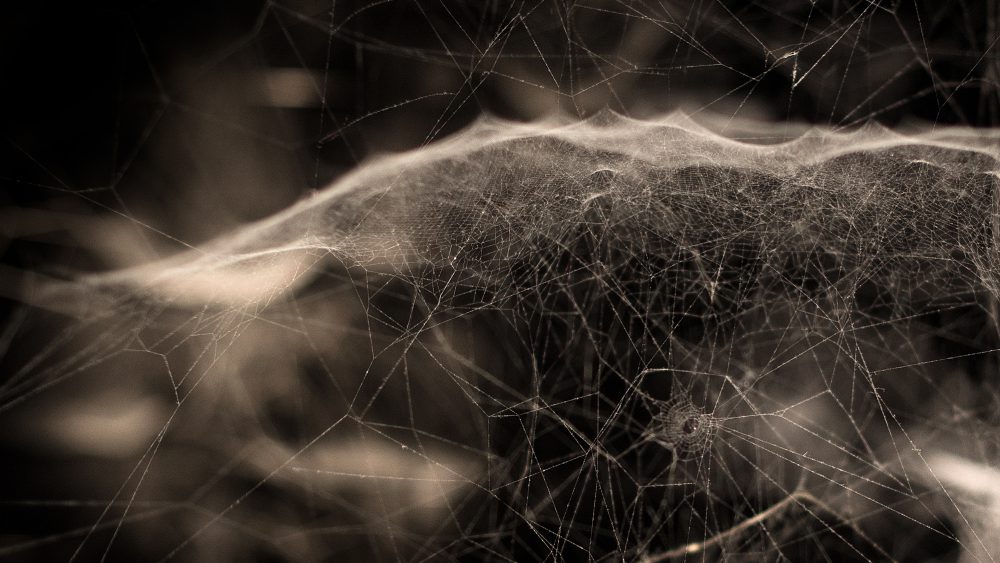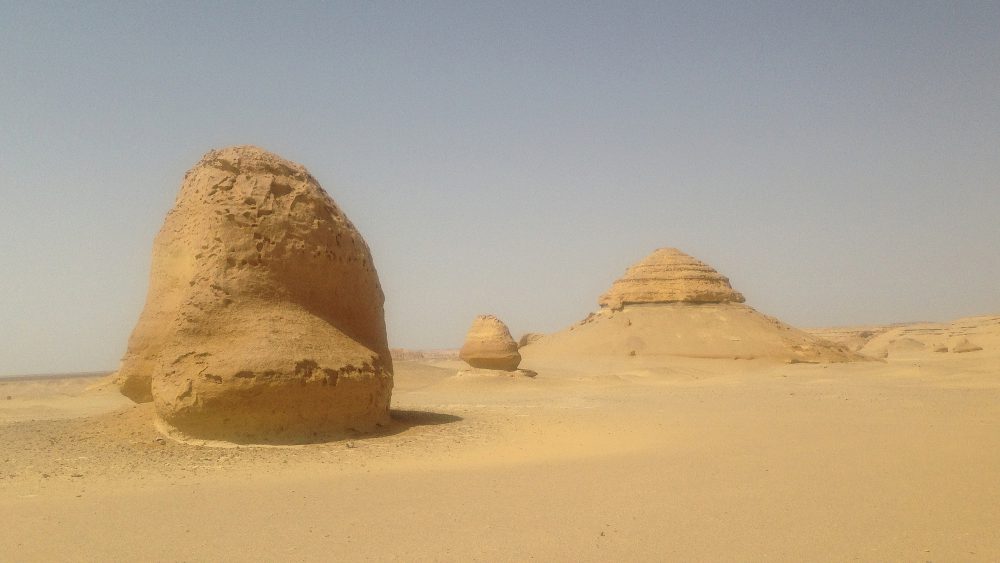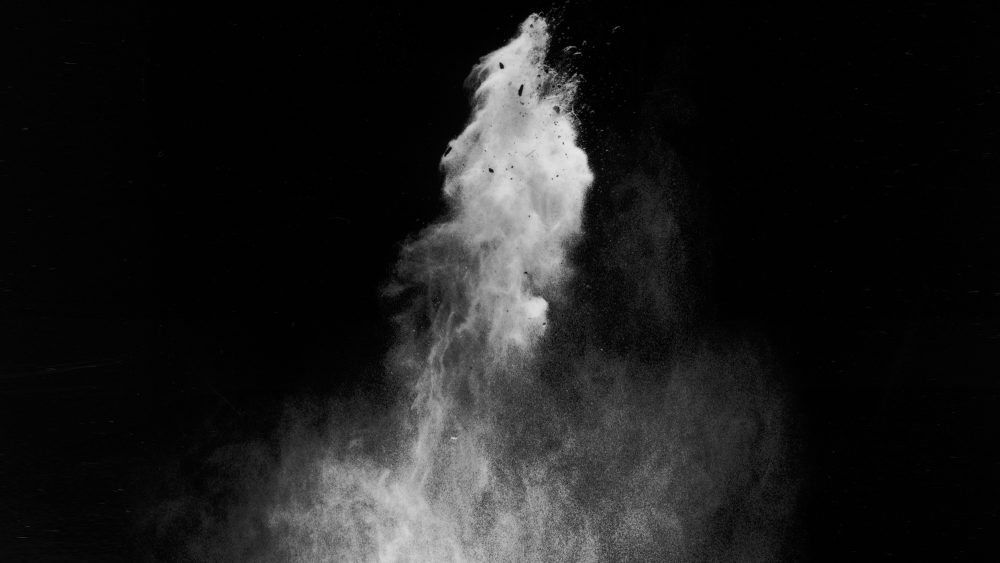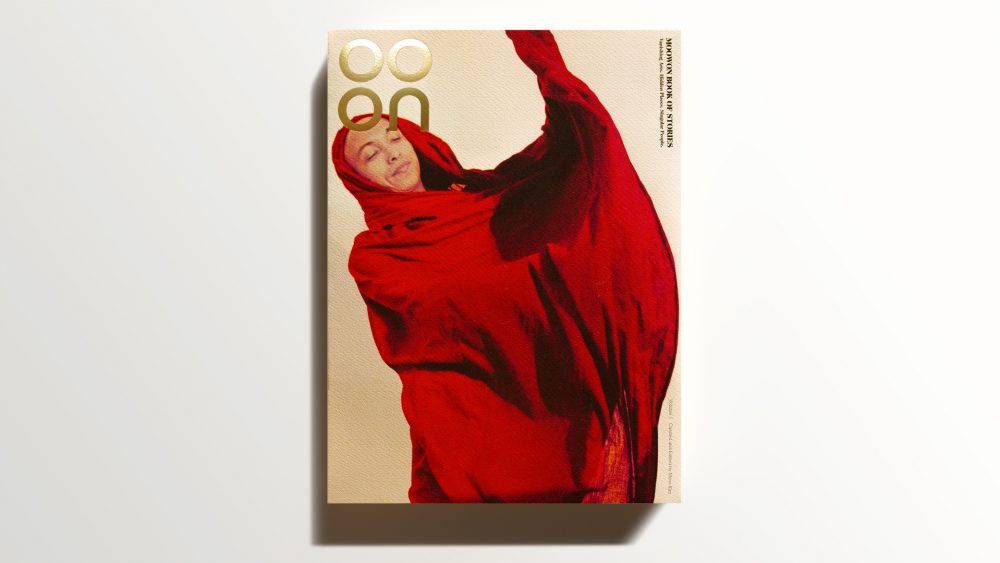You may have noticed monks draping their beautiful crimson robes as a recurring theme of Moowon. Call it our fascination with something beautiful that transforms itself from a simple rectangular piece of fabric to a magnificent, flowing piece of volume. Call it our obsession with something noble that is captured in the sheer length of a habit or a cassock-like dress form. Or call it a preference for the utter simplicity of a tunic that requires one gesture to allow its wearer to walk in full freedom, with grace.
For some of us, these traditional habits are captivating for their timeless elegance, similar to the appeal of the mandarin collars on Nehru jackets. For others, the word "cassock" may evoke the notion and romance of nomads and adventurers due to its etymological origin from the Turkish word quzzak, or the idea of "free man" from the Old East Slavic word kozak.
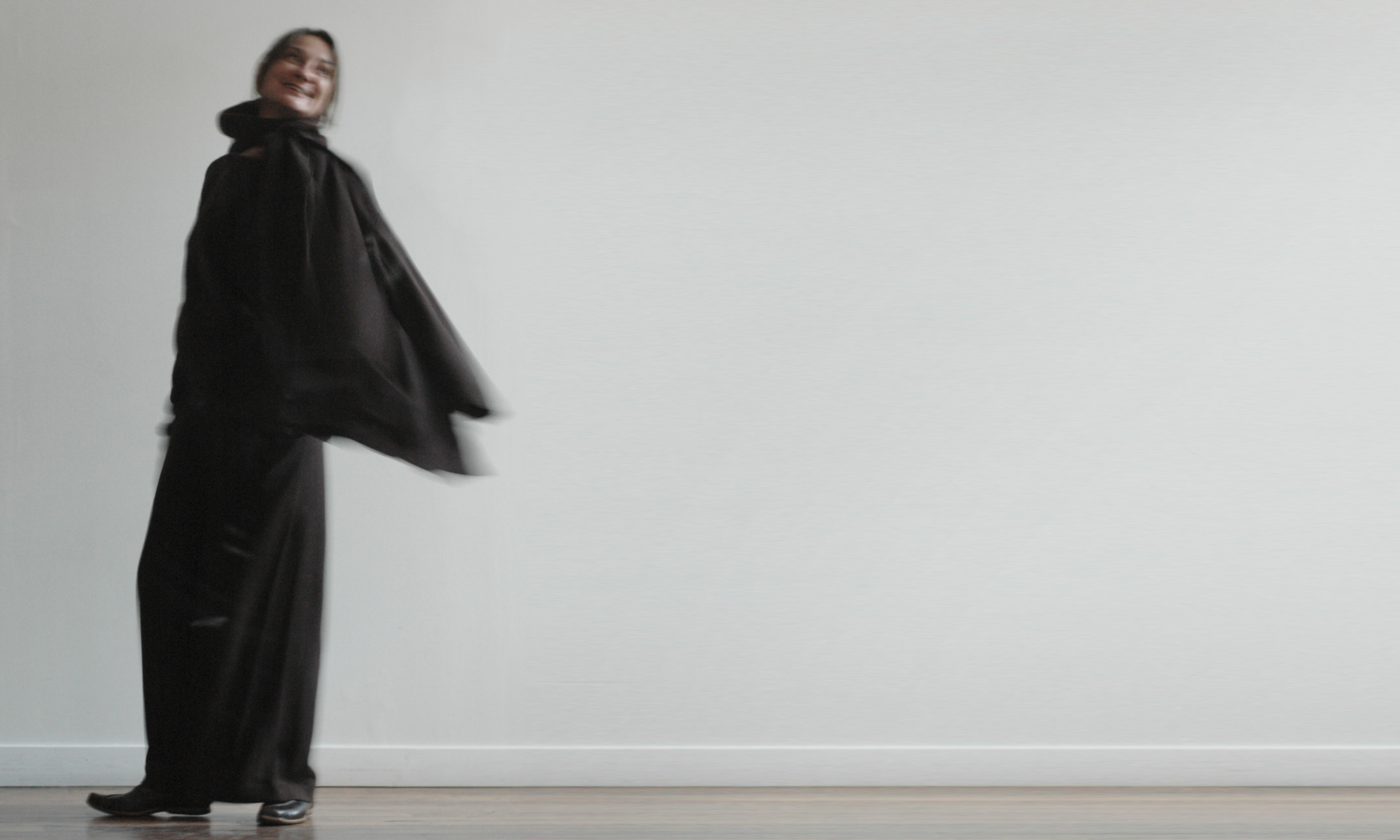
Photo: Pierrick Verny
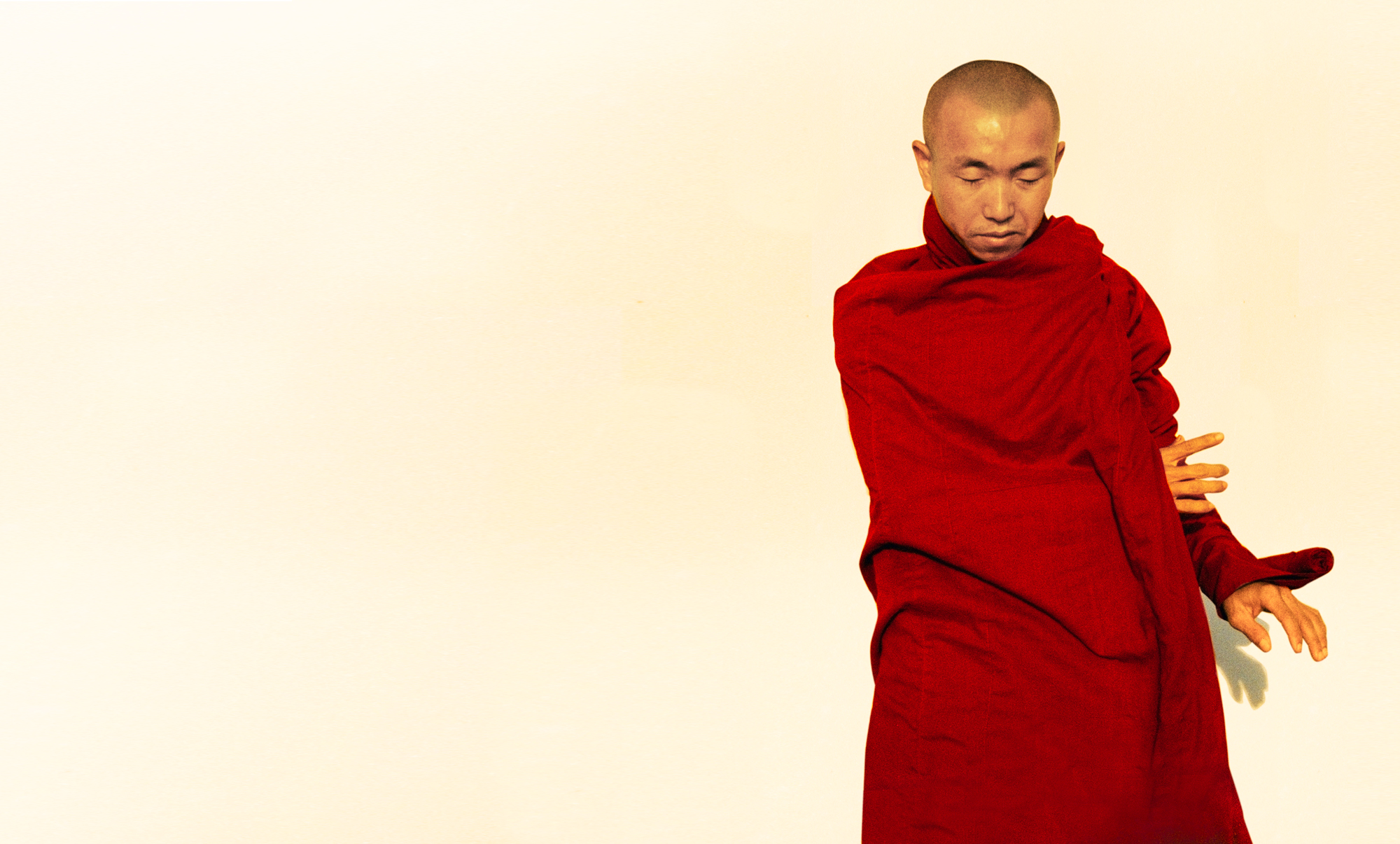
Photo: Mona Kim
Even if we were to disassociate them from ecclesiastical or historical references, it is highly unlikely that most of us would be walking the streets of our cities and towns in monk's robes or cassocks, as it feels out of context and misappropriated. But my search for that something long and flowing had found its urban-appropriate remedy one day—and it has become my line up of uniforms ever since. It is high time that I introduce you to Albane Olika, a designer who occupies the majority of the space in my wardrobe. And the spirit of how she creates and the mood her creations convey connect to some of Moowon's key values: the essential, the noble, and the timeless.
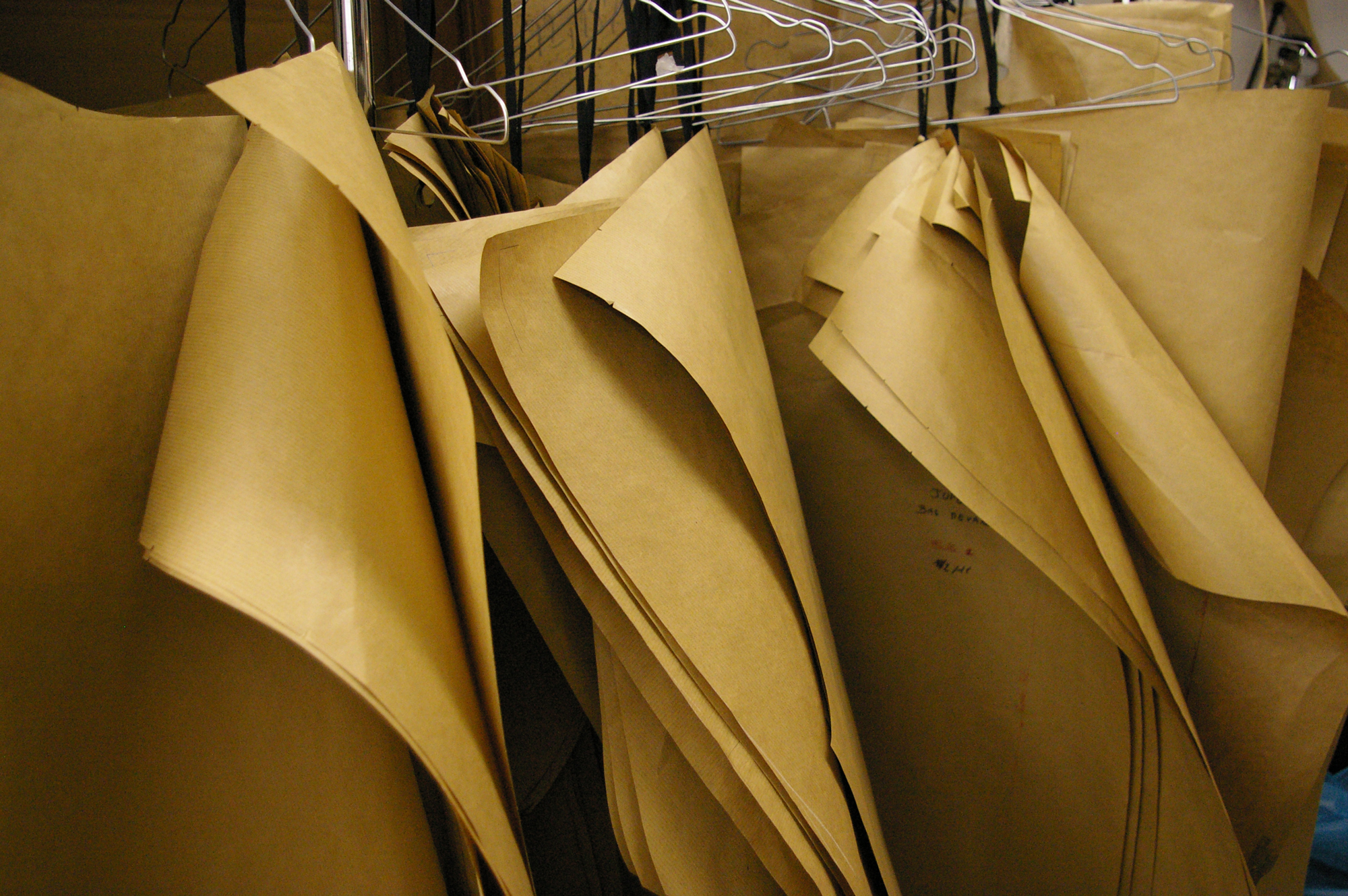
Photo: Pierrick Verny
To enjoy the full story, become a Member.
Already a Member? Log in.
For $50/year,
+ Enjoy full-length members-only stories
+ Unlock all rare stories from the “Moowon Collection”
+ Support our cause in bringing meaningful purpose-driven stories
+ Contribute to those in need (part of your membership fee goes to charities)
